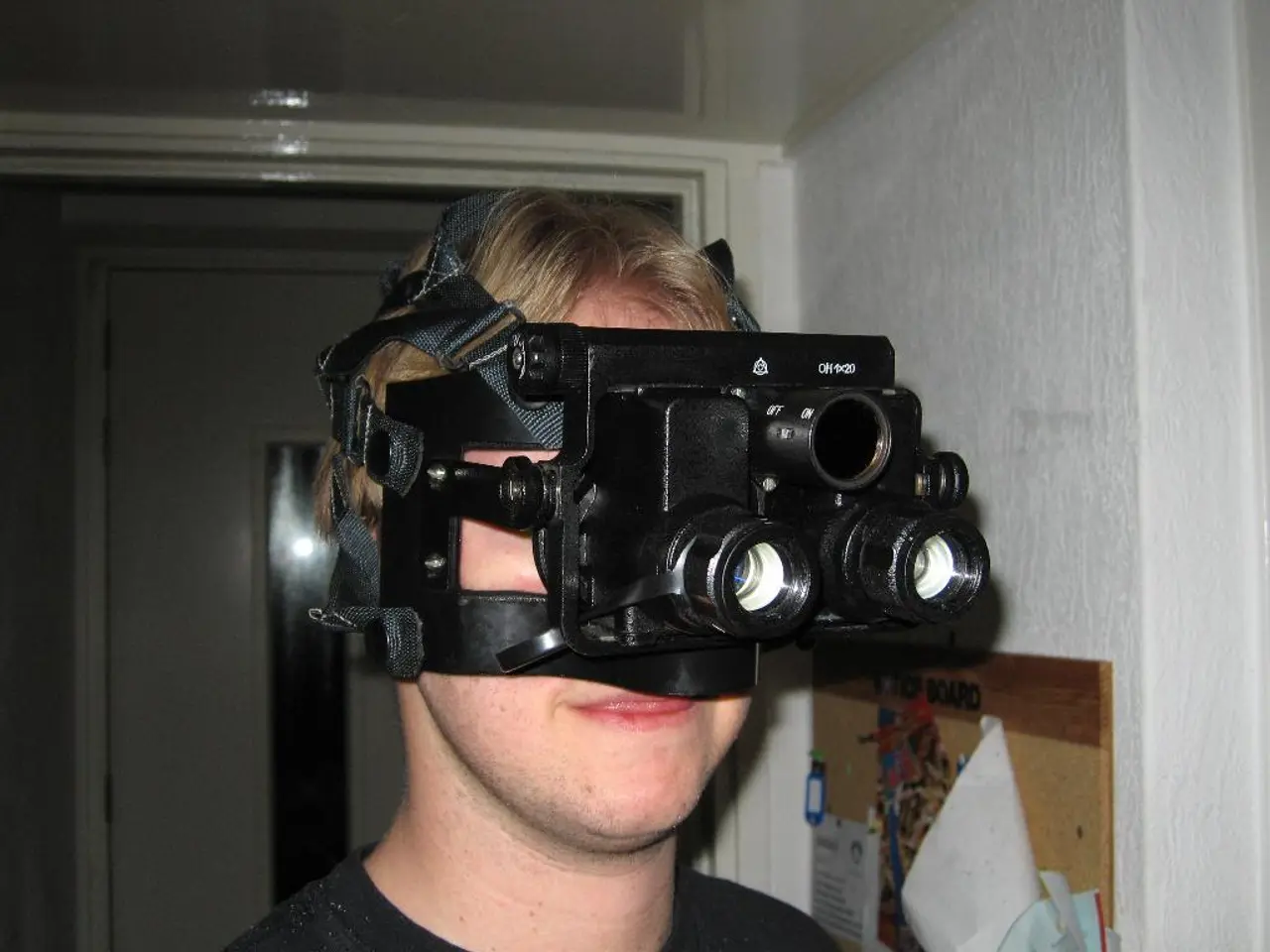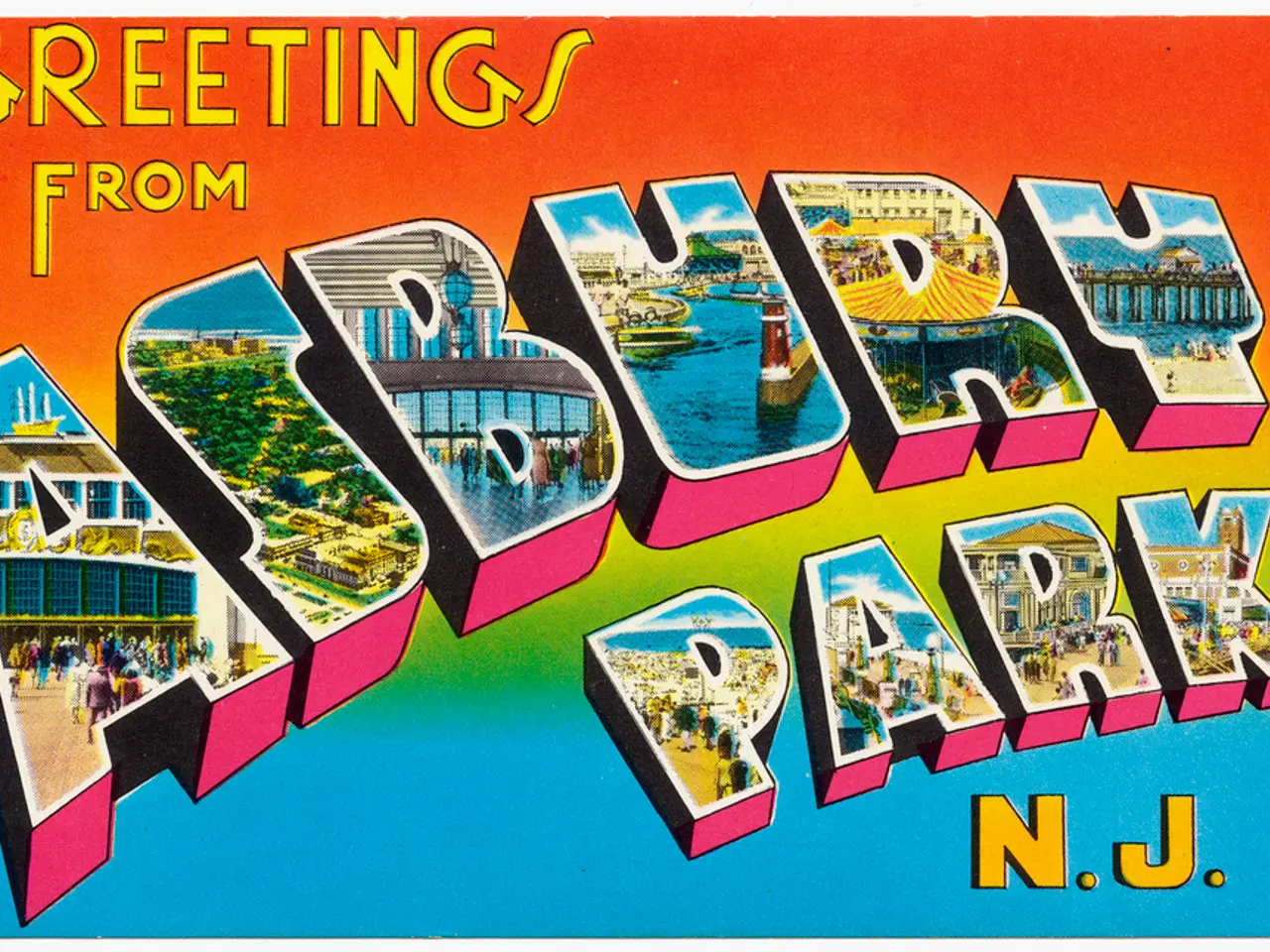Virtual Reality Transforms Real Estate Viewings
In the ever-evolving world of real estate, Virtual Reality (VR) technology is making a significant impact, transforming the way properties are viewed and marketed. This innovative technology is set to revolutionize the industry, offering a more immersive, interactive, and accessible experience for both buyers and sellers.
One of the key advancements is the creation of immersive virtual property tours. With VR, potential buyers can take detailed, interactive walkthroughs of properties from anywhere in the world, exploring every aspect as if they were physically present. This includes opening doors, adjusting lighting, and even rearranging furniture layouts to personalize the experience.
Another emerging trend is virtual staging and decoration. This allows buyers to visualize different interior layouts and decor styles within the VR environment, enhancing engagement and increasing the likelihood of sales by helping buyers better imagine living spaces and design options.
Advances in VR and AR technology are also leading to improved visuals, smoother interactivity, and more affordable, accessible solutions for the real estate industry. This is making virtual tours standard practice.
Remote and global engagement is another significant benefit of VR. It facilitates virtual open houses, enabling multiple buyers to attend simultaneously without geographic or time constraints. This expands market reach to international buyers and reduces the need for physical visits.
VR technology is also proving to have a positive impact on sales and prices. Homes showcased with VR tours are reportedly selling 31% faster and can command prices up to 9% higher, indicating VR's strong impact on buyer decision-making and marketing effectiveness.
The integration of VR with blockchain and Proptech is another exciting development. VR is part of a broader digital transformation, positioning it as a crucial tool in the evolving real estate ecosystem.
VR is also being used in architectural planning and customization, allowing architects and clients to visualize and adjust designs virtually, streamlining development and increasing client satisfaction.
As VR proves its value, more real estate companies are investing in VR and AR technologies, incorporating virtual tours into listings and marketing strategies to stay competitive. However, agencies must conduct a cost-benefit analysis before investing in VR headsets like Oculus Quest 2 or HTC Vive Pro 2.
Training programs for real estate agents are essential to effectively use VR technology for creating compelling virtual property listings. By utilizing these advanced VR technologies, real estate agents can differentiate themselves in a competitive market, demonstrating a commitment to innovative and personalized customer experiences.
In conclusion, VR in real estate in 2025 is evolving beyond simple virtual walkthroughs to offer interactive, customizable, and immersive experiences that enhance buyer engagement, speed transactions, and expand market accessibility globally. This technology is becoming an indispensable part of property marketing and sales strategies.
- The training of real estate agents in utilizing advanced VR technologies can help them create compelling virtual property listings, enabling them to differentiate themselves in a competitive market and demonstrate a commitment to innovative and personalized customer experiences.
- Investments in Virtual Reality (VR) and Augmented Reality (AR) technologies are increasingly becoming a crucial aspect for real estate companies, as they are incorporating virtual tours into their listings and marketing strategies to stay competitive in the evolving real estate ecosystem.
- With the integration of VR technology with blockchain and Proptech, the industry is no longer limited to simple virtual walkthroughs. Instead, VR in real estate in 2025 is evolving to offer interactive, customizable, and immersive experiences that enhance buyer engagement, speed transactions, and expand market accessibility on a global scale.




